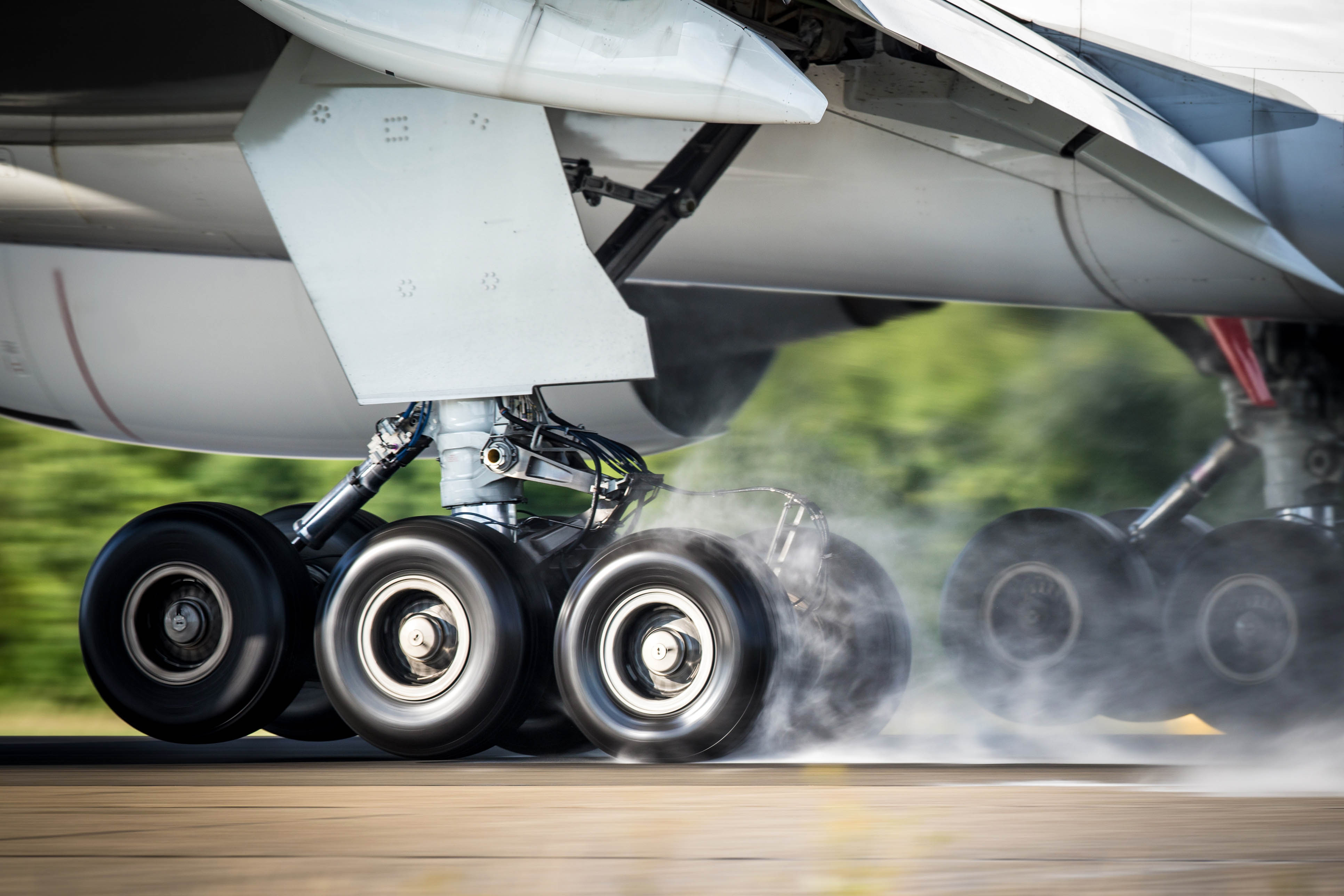Strong, durable, and corrosion resistant – why stainless steel is perfect for aerospace and aviation applications
Although the word steel brings to mind a tough, heavy material fixed firmly to the ground in skyscrapers and other constructions, millions of tons of it are also lifted effortlessly into the skies every single day. Today’s diverse range of grades and advanced production techniques make stainless steel an ideal material for aircraft construction.
If it flies, it can be made with steel
Modern airplanes and helicopters are technological wonders, built using a vast variety of materials known for their lightweight properties, including titanium, aluminum, and composites. Stainless steel is another important material, particularly when it comes to structural elements – in the fuselage and the wings of airplanes, for example.
“Stainless steel’s biggest advantage in these applications is its combination of extremely high strength with high ductility at low thicknesses. Essentially, you can achieve optimal results with relatively little material, which in turn contributes to weight reduction,” says Hilal Karakaya, Global Market Strategy & Development Manager at Outokumpu.
This reduced thickness can free up space to make other components larger where needed, or allow more space for passengers or cargo. Reduced thickness also means reduced weight – meaning less fuel is needed to fly.
Tough enough for anything in the air
Beyond the fuselage and wings, you’ll also find stainless steel in components and systems like landing gear and engines. Components like this, where properties like abrasion and fatigue resistance are crucial, are ideal applications for stainless steel.
Austenitic grades like Outokumpu’s Core 321, 304, and 304L – all of which have good corrosion resistance, formability, and weldability – are a common sight in aerospace applications. For components like landing gear, where high fatigue resistance is a must, grades like Core 347/4550 are perfect for the job.
Another significant plus of stainless steel is that it is naturally corrosion resistant thanks to its chromium content. While other materials might require special coatings to make them resistant to corrosion, stainless steel is protected by the thin passive film that forms on its surface in oxidizing environments. This can make it a more economical and longer lasting option compared to other, potentially more expensive, materials.

The strong arm of the skies: precipitation hardening stainless steels
When strength is the number one priority – for example for landing gear systems or helicopter rotor blades – precipitation hardening (PH) stainless steels are ideal. These grades provide remarkable strength and hardness across a very wide range. Outokumpu’s Dura range includes a number of heat-treatable precipitation-hardening grades for greater strength.
Metal powders gaining traction
Metal powders are a popular choice in the aerospace industry as customizable and sustainable raw materials for processes that use powder metallurgy (PM) and other manufacturing technologies. They have all the desirable properties of solid stainless steel including durability and high resistance to corrosion.
With metal powders, aircraft manufacturers can produce highly complex and lightweight parts without complicated and time-consuming forging processes.
Outokumpu’s metal powder portfolio includes a wide variety of high-quality stainless steel powders and nickel alloys. For example, Alloy 718 is used in the manufacture of jet engine parts such as blades and nozzles due to its excellent performance under extreme temperatures and stresses.
Towards more sustainable skies
Stainless steel is the most recycled material in the world and it has a low carbon footprint because the primary raw material used to produce it is recycled content. This gives aircraft manufacturers a benefit beyond the exceptional physical properties provided by stainless steel – a way to significantly reduce their overall carbon footprint.
Outokumpu stainless steel products have the lowest carbon footprint in the industry: with Outokumpu Circle Green®, a reduction of up to 93% when compared to the industry average. This combination of strength, corrosion resistance, durability, and sustainability makes stainless steel an attractive choice for aerospace applications – helping manufacturers to build the sustainable aircraft of tomorrow.
